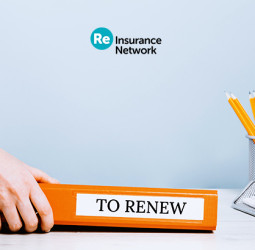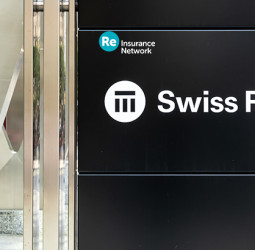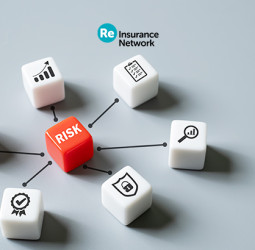A United Nations initiative has introduced a crucial blueprint designed to guide the global insurance and reinsurance industry toward achieving a net-zero emissions future. This new resource sets the tone for how insurers can align operations with climate objectives.
Overview of the Guide
Targeted at both primary insurers and reinsurers, the document lays out a roadmap for integrating net-zero transition strategies into key business areas—including underwriting practices, risk evaluation, investment portfolios, and operational planning.
It outlines practical actions such as:
- Setting science-based emissions reduction goals within insurance portfolios
- Embedding carbon data into pricing models and risk assessments
- Implementing ESG-aligned underwriting criteria and rewarding low-carbon policyholders
- Publishing annual reports that track baseline progress, targets, and achievements
Why This Is a Game-Changer
✅ Industry-Wide Alignment
The guide promotes standardization across the sector, enabling (re)insurers to apply consistent metrics when evaluating and managing emissions-related risks.
✅ Shift in Underwriting Strategy
There’s a move away from growth-driven underwriting toward sustainable risk selection, particularly in high-emission sectors like fossil fuels and heavy industry.
✅ Regulatory Readiness
As ESG regulations tighten globally—especially in Europe—this guide prepares insurers to meet emerging compliance standards and stakeholder demands.
✅ Reinsurance Impacts
Reinsurers embracing these net-zero practices could adjust terms and capacity, leading to tighter underwriting for high-emission risks and potentially higher premiums for polluting industries.
✅ Innovation & Resilience
The framework also encourages advancements in climate risk tools such as parametric solutions, advanced catastrophe modeling, and technology partnerships like satellite imaging to better assess real-time risk.
What’s Next?
- Action Over Promises: Insurers are expected to show measurable progress through annual disclosures—no longer relying on broad commitments.
- Public-Private Collaboration: The guide strengthens the role of insurers in influencing climate policy and corporate behavior.
- Advanced Methodologies: Techniques such as scenario planning, emissions modeling, and climate-based pricing incentives are being introduced to mainstream sustainable underwriting.
Final Insight
Far from being a simple advisory, this UN guide sets a global benchmark for climate-conscious insurance practices. It redefines how risk is assessed, how products are structured, and how insurers engage with clients—placing net-zero alignment at the heart of the (re)insurance model.
















Recent Comment
Thank You
Nice Article Brother
Nice blog